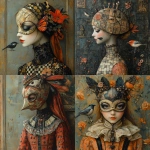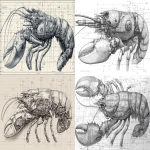Explore the Best AI Image Gallery
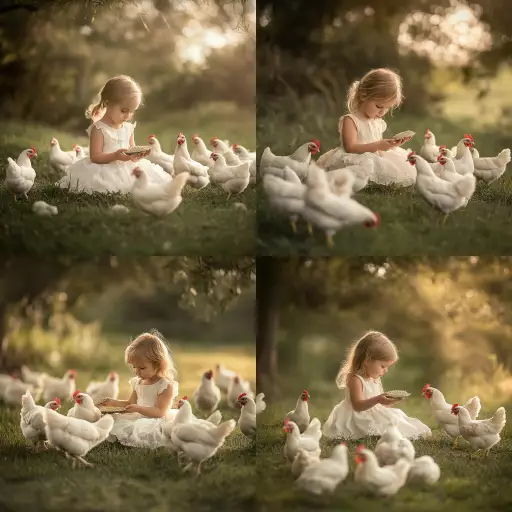
Painting with Pixels: AI-Generated Visual Content and the Creative Revolution
The creative landscape is undergoing a profound transformation, driven by the emergence of AI-generated visual content. This technology, capable of producing stunning images, videos, and even interactive experiences, is reshaping how we create, consume, and perceive art. But this revolution comes with both exciting possibilities and complex ethical considerations.
Unlocking Creative Potential
AI-powered tools are empowering creators in unprecedented ways. Imagine a world where:
- Artists can rapidly generate concept art, exploring various styles and iterations before settling on the perfect vision.
- Designers can personalize marketing materials and product mockups with unique visuals tailored to specific audiences.
- Storytellers can bring their narratives to life with captivating imagery, enhancing immersion and engagement.
These are just glimpses of the potential. AI-generated content can automate tedious tasks, allowing creators to focus on higher-level concepts and artistic expression.
The Democratization of Creativity
One of the most exciting aspects of AI-generated visual content is its ability to democratize creativity. Tools that were once accessible only to professionals are now within reach of anyone with an internet connection.
Imagine:
- Aspiring artists experimenting with different styles and techniques without needing expensive software or training.
- Individuals personalizing their digital experiences with custom-generated artwork and designs.
- Communities collaborating on shared creative projects, leveraging AI to bring their visions to fruition.
This increased accessibility has the power to foster a more inclusive and diverse creative ecosystem.
Navigating Ethical Considerations
While the potential of AI-generated visual content is undeniable, it also raises important ethical considerations:
- **Copyright and Ownership:**
- **Bias and Representation:** AI algorithms are trained on massive datasets, which can reflect existing societal biases. This can result in the generation of content that perpetuates stereotypes or excludes certain groups.
- **Misinformation and Deepfakes:**
Who owns the copyright to AI-generated content? Is it the creator who provided the initial input, the developer of the AI algorithm, or the platform where the content is hosted?
The ability to create highly realistic fake images and videos raises concerns about the spread of misinformation and the erosion of trust in media.
Addressing these ethical challenges requires careful consideration, open dialogue, and the development of responsible guidelines for the use of AI-generated visual content.
Shaping the Future of Creativity
As AI technology continues to evolve, its impact on the creative industry will only intensify. We can expect:
- **More sophisticated and versatile AI tools:**
- **Hybrid approaches combining human creativity with AI assistance:
- **New forms of artistic expression:**
Algorithms will become increasingly capable of understanding complex creative concepts and producing even more realistic and imaginative content.
The most compelling creative work will likely emerge from collaborations between humans and AI, leveraging the strengths of both.
AI-generated content will inspire entirely new genres and mediums, pushing the boundaries of what is possible in art and design.
The future of creativity is a dynamic and evolving landscape. By embracing the potential of AI while navigating its ethical complexities, we can unlock unprecedented opportunities for artistic expression, innovation, and cultural enrichment.
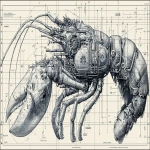
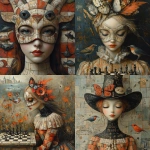
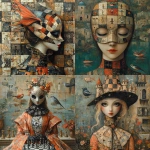
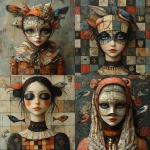
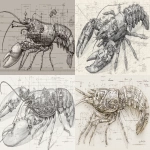

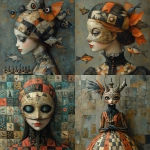
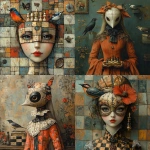
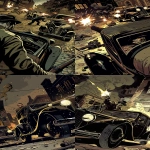
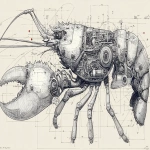

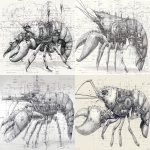
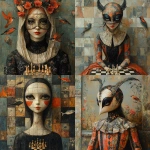
](https://images.ai-img.art/thumbnails/150/005584f3955a233f0b74db7d02caa6d62f861640781eac80962d9b1631f410d0.webp)
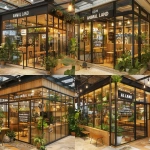

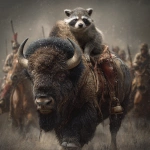
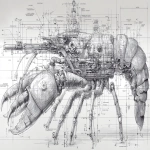
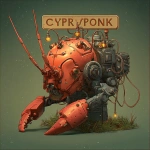

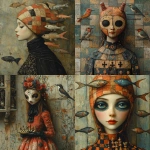

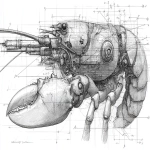
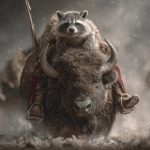
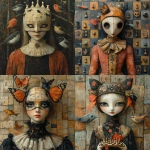
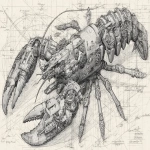

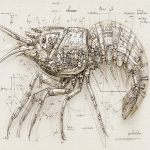
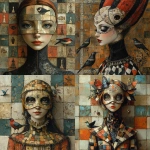
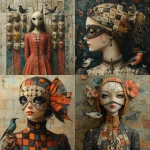
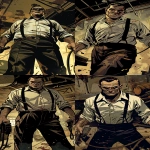
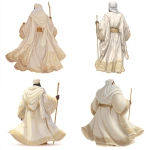

](https://images.ai-img.art/thumbnails/150/bce9cceb80b7d5238edfa28ed5e3a2be25fb5d8ca48c96f4d1a07205c5b15b4a.webp)
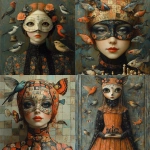
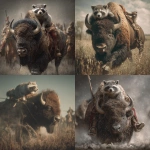
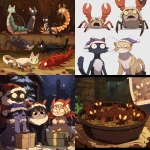
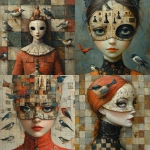
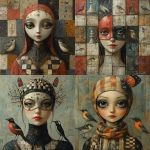
](https://images.ai-img.art/thumbnails/150/3214e988d4008f30c5a037acca1b4351055bd6ec65df0884fcdccd09d46c748c.webp)
](https://images.ai-img.art/thumbnails/150/2d4ea5195083ca7b2d3b582e81252dd22f60af65e47d2869b902779447aef5b6.webp)
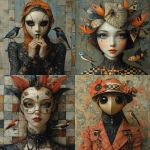
](https://images.ai-img.art/thumbnails/150/de2c068895a12730e04e9ae6ff88098cad56c69fe790f7696fde12227d56450b.webp)
](https://images.ai-img.art/thumbnails/150/e30ebd22be803c7de05fcb5dd6652965dec130df7d6574e7ca3a8591dbce8f2a.webp)
](https://images.ai-img.art/thumbnails/150/6b5ff04e6006f3b97dd36eaec548e34255713276a4bf8dc9fd72dc11b7313f39.webp)
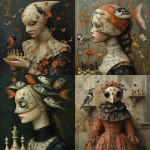
](https://images.ai-img.art/thumbnails/150/eef24b73be7aff90887fa84e17197f8779e355efee60a78764ddc04a3c05ead1.webp)

